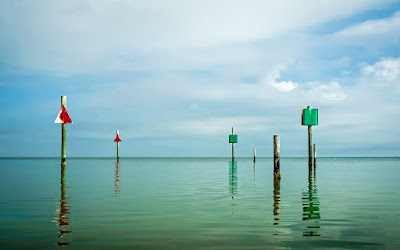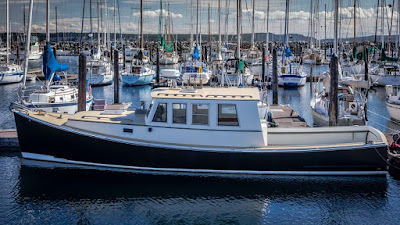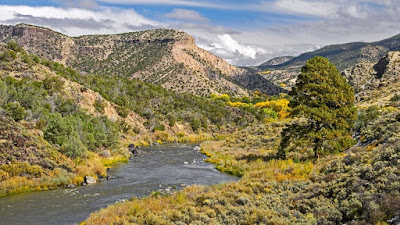In Yeppoon, we stayed at a
bed-and-breakfast owned by an Aussie (Lois) and a Kiwi (Richard). At breakfast we
talked about living in Australia, politics (mostly Donald Trump) and travel. One
of our maps showed a colony of flying foxes near Yeppoon. Richard said that they
roost in trees along Figtree Creek and we went to look for them late in the
afternoon. The tide was ebbing and boats along the tidal creek were resting on
their keels in the mud. An old guy in faded shorts and worn tee shirt
introduced himself as Dave; he was tall and slim, and as weathered as his
clothes. He said he’s lived in a steel-hulled boat tied to a jetty for two decades,
one of the 40 or so boats I could see. The Jetty Club was sponsoring a
photo contest with a $500 first prize and he said I could take pictures from his
jetty.
 |
| Boats in Figtree Creek at low tide |










